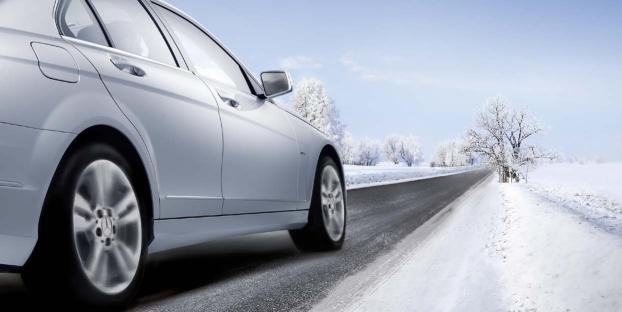Five steps to minimising weather risk
- Decide your policy for severe weather. Can journeys be cancelled? Can drivers work from home? If drivers have to be out on the road, how will you ensure their safety?
- Make sure vehicles are fit for purpose. Consider using four-wheel drive vehicles during the winter or fitting tyres appropriate to the different seasons (for more on tyres, turn to page 40).
- Communicate regularly with drivers. Set out policies about vehicle maintenance checks in your driver handbook, issue drivers with tips on driving in difficult weather and seasonal advice for preparing their vehicles (see right) and advise them when not to drive. This can be done through email, poster campaigns, on the intranet or workshops.
- Consider driver training. This could be either online coaching modules with questions testing employees’ knowledge of driving in bad weather, on-track training (teaching drivers how to handle skids, for example) or driver simulator sessions.
- Plan well in advance. Cold weather tyres may need to be ordered in April for the following winter. Online coaching should take place before the onset of winter.
Heavy rain
What are the risks?
- Stopping distance is doubled
- Reduced visibility
- Potential aquaplaning
Top tips for drivers
- Set your heater controls before you drive off – rain can make the windows mist up in seconds
- Put your lights on. The Highway Code states that you must use headlights when visibility is seriously reduced, generally when you cannot see more than 100 metres
- Double the distance you leave between you and the vehicle in front
- Avoid using cruise control on wet roads
- If you break down in heavy rain, don’t prop the bonnet open while you wait for the patrol to arrive. The engine will be more difficult to start again if the electrics are soaked by rain
Wind
What are the risks?
- Wind can get underneath a car and reduce its handling and braking ability significantly
- Trees and debris in the road – hitting debris could be fatal
- You could be blown off course – the faster you’re travelling, the further you’re likely to drift if you’re hit with a gust of wind
- Other vehicles could be blown into your path – cyclists, motorcyclists, lorries and buses all get blown around easily
Top tips for drivers
- If you have to travel, is there a route with less exposure to the weather and less risk of fallen trees?
- Be careful of debris – give yourself space in case you need to dodge it
- Give other road users more room than usual and drive slowly enough to cope with the gusts
Floods
Top tips for drivers
- Only drive through water that you know isn’t too deep – no more than halfway up a vehicle’s wheels
- Don’t drive through fast-moving water
- Drive on the highest section of the road
- In a manual car, keep the revs high by ‘slipping the clutch’ all the time you are in the water
- In deep water, do not take your foot off the accelerator as this could allow water to travel up the exhaust pipe
- Allow oncoming traffic to pass first
- Test your brakes as soon as you can after leaving the water
What are the risks?
- 32% of flood-related deaths are by drowning in a vehicle
- Two feet of standing water will float a car
- 12 inches of water moving at 6mph is enough to float the average family saloon
- An eggcupful of water in the combustion chamber can wreck an engine
















Lesley Wade - 12/09/2014 08:26
Very Useful, able to take parts to use in updates